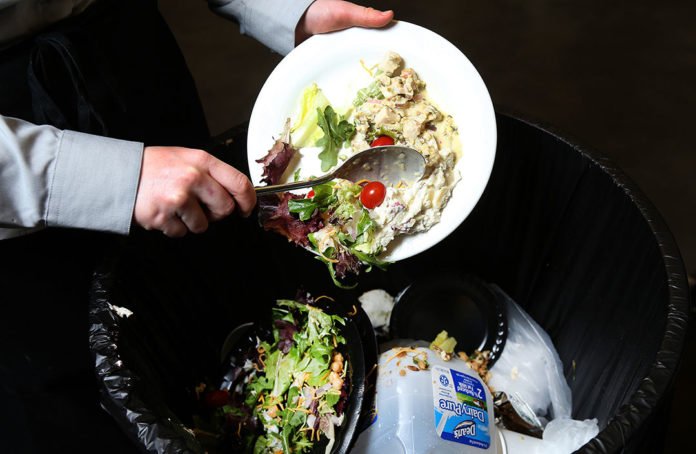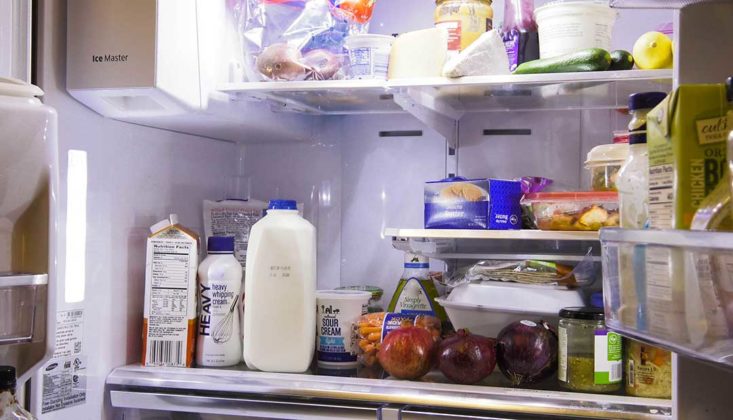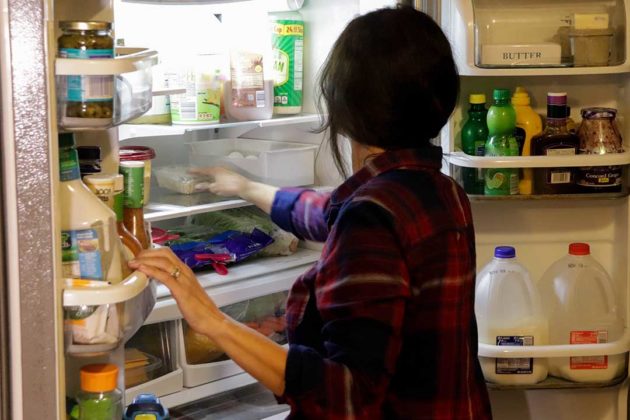About 150,000 tons of food is tossed out in US households each day, equivalent to about a third of the daily calories that each American consumes. Another national survey by the American Dairy Association Mideast finds 94 percent of Americans confess to discarding sustenance at home. Truth be told, the normal family wastes about 33% of the food they purchase.
The survey found the top reason for throwing away food at home is that it’s past its expiration date, while 60 percent have tossed food because they didn’t think it was safe to eat.
Karen Bakies, RDN, LD, FAND, a registered dietitian and vice president of nutrition affairs for the American Dairy Association Mideast in Columbus, Ohio said, “Imagine coming home with four bags of groceries and throwing one straight into the trash. That’s really what is happening in most households. Whether people are over purchasing groceries or getting tired of their leftovers, too much food is being thrown away in America.”
“A family of four could save up to $2,000 by wasting less food, but it’s not just great for your family, it’s also great for your community. Just half of that money is enough to provide over 8,000 meals to those in need. And if you do find yourself with extra groceries, donate them to a local food pantry rather than letting them go to waste.”
Bakies offers the following tips to help ease the burden of food waste on the environment and on your wallet:
- Organize Your Fridge – Try to follow the “first in, first out” rule, by rotating older food to the front of your refrigerator so it’s not forgotten. Where you store certain foods can also make a big difference in how long they stay fresh. Cheese and yogurt should be tightly sealed on the top shelf, while produce is best stored in humidity-controlled drawers. And even though your refrigerator door seems to be made to hold your gallon of milk, storing it there will cause it to get warm each time the door is opened. Instead, put milk in the back of the bottom shelf where it will stay cold.
- Get Creative – Find new ways to use those extra ingredients to create new family favorites. If you bought a pint of whipping cream and a recipe only called for a cup, the extra is great folded into scrambled eggs or mashed potatoes the next day. Think your produce looks like it’s past its prime? It could still be added to soups, stir-fry or casseroles. You can also throw any extra fruit and yogurt you have into the blender for a healthy smoothie.
- Move Perishables to the Freezer – Whether there are leftovers from a prepared meal or you have some extra fruits and veggies, if you can’t use it right away, freeze it. This can be especially helpful for dairy foods. Milk, cheese, and butter can be frozen for weeks and taken out of the freezer when you need them. You can also portion out tablespoons of herbs and sauces and freeze them in ice cube trays. Just pop one out to use in any recipe.




